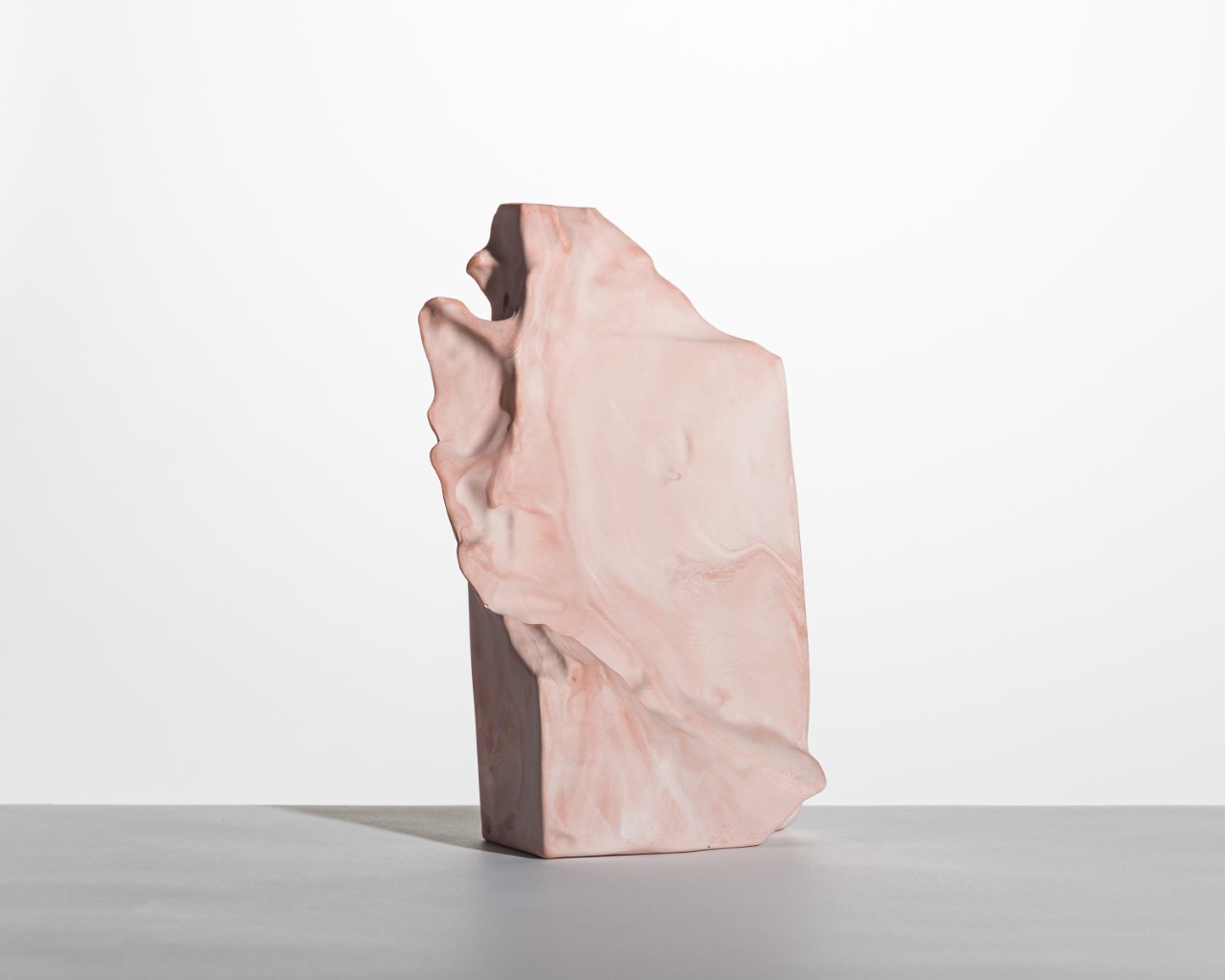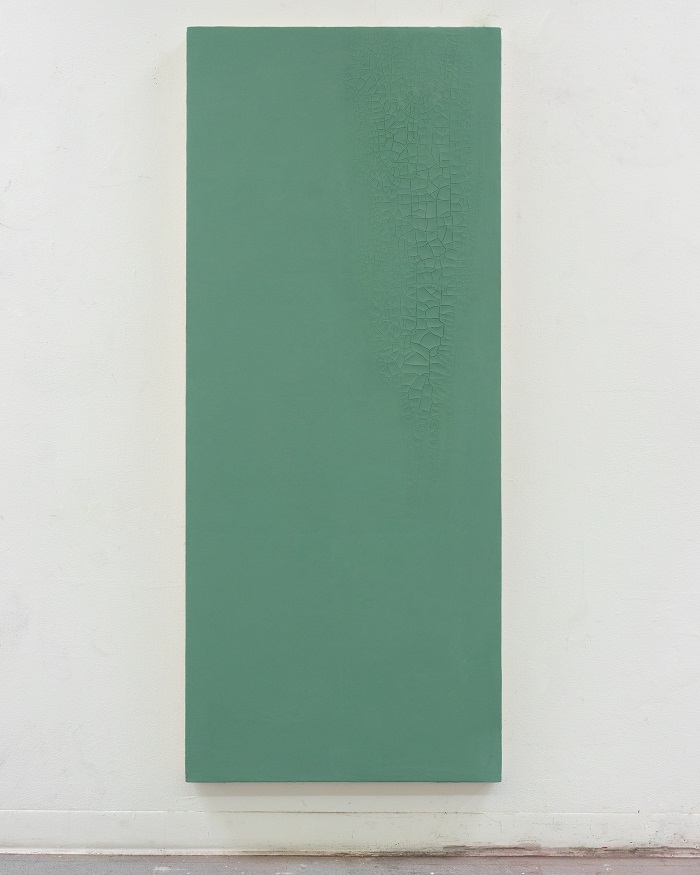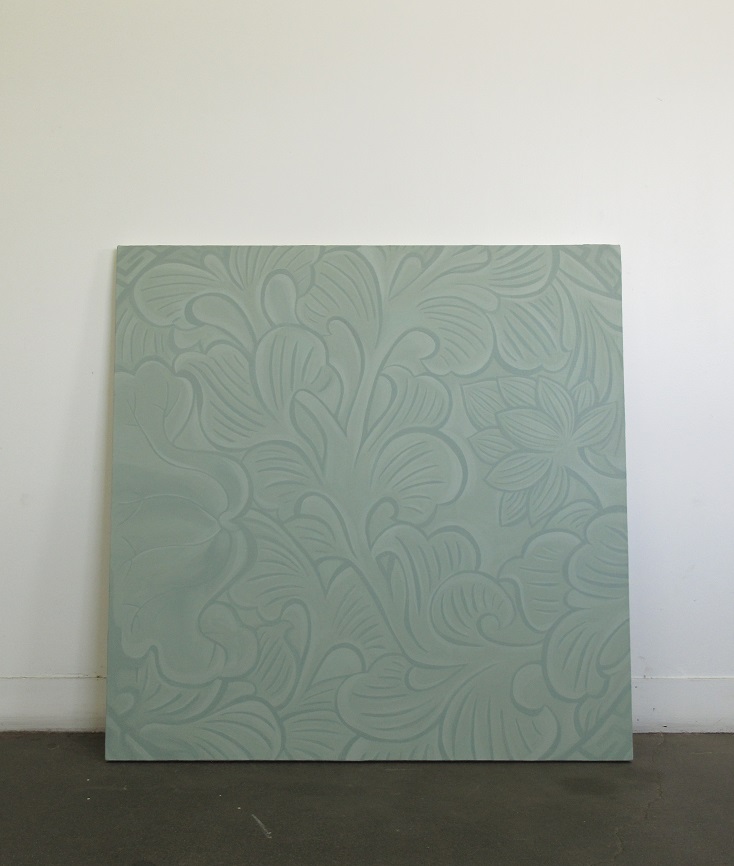EVENTS
Tertium Quid : Unconventional sculpture, installations, and paintings by three emerging Korean artists
- Post DateJul 12, 2021
- Hits1642 Hit
The Korean Cultural Center Washington, D.C. (KCCDC) proudly presents Tertium Quid, a new exhibition featuring unconventional sculpture, installation, and painting works by three Korean emerging artists originally selected as a curated group during the KCCDC’s 2020 Open Call for Artists, on view August 6 – September 27.
The title of the exhibition, Tertium Quid, refers to an unidentified third thing which ironically is identified through two distinct or opposite things that are definite or known. Through their creative practice, these three artists explore the concept of a surface itself as an indicator, container, or the essence of something that exists in between, further suggesting surface as a visibly transparent yet ambiguous entity. This concept functions physically and conceptually as a vehicle to manifest contrasting notions or dualities such as abstract and figurative, interior and exterior, and existence and non-existence—thereby investigating the tertium quid that are neither one nor the other.
Hae Won Sohn researches the inherited and acquired characteristics of artifacts and their individuality, in relation to the system and construction of traditional hand-made ceramics. She presents an innovative form of sculpture and installation by reconstructing segments of ceramic prototypes that are intentionally or naturally derived from the standardized ceramic manufacturing process.
Jaejoon Jang forges a visual narrative by transforming natural or man-made daily objects through careful arrangement. The deconstructed and combined collective pieces reflect various moments of people and society and create a implied dialogue with the artist’s unique perspective.
Yoory Jung reinterprets the process of making Cheongja (청자), Korean traditional celadon, into contemporary abstract painting based on her own identity. Employing minimalistic composition and the calmness of monochrome, Jung captures the detailed textures and colors of Celadon's glazed surface, exploring its subtle changes and inherent nature.
This exhibition aims to provide an opportunity to share the passion and fresh perspective of experimental and norm-challenging young Korean artists. The KCCDC strives to continue actively supporting the creativity of talented Korean artists in the contemporary art world.
Tertium Quid will remain on view August 6 through September 27, 2021 (walk-in hours are 10 a.m. – 5 p.m., excluding 12 – 1 p.m., Monday – Friday). The virtual guided tour, offering an inside look at each artist’s creative themes, processes, and inspirations, will release on Friday, August 6 at 6p.m. on the KCCDC YouTube and Instagram channels (@KoreaCultureDC).

Hae Won Sohn
Mountain of River of Flame
gypsum cement, mineral oxide pigments, 10.5” x 6.5” x 3.5” 2019
@Courtesy of the Artist and Emmanuel Barbault Gallery. Photo by Yassine El Mansouri.

Hae Won Sohn
Untitled (Triplets)
gypsum cement, mineral oxide pigments, 8” x 5” x 22” 2019
@Courtesy of the Artist and Emmanuel Barbault Gallery. Photo by Yassine El Mansouri.

Jaejoon Jang
Paper
Paper,23” x 33”, 2019

Jaejoon Jang
SCHRÖDINGER'S CAT2
Fake cat skull, laundry soap and laundry soap cap
2.5” x 2.5”x 3”, 2020

Yoory Jung
Goryeo Dynasty
Acrylic on canvas, 72” X 30”, 2017

Yoory Jung
Yeonhwa dangchomun
Acrylic and Celadon clay on canvas, 48” X 48”, 2020
About the Artists
Hae Won Sohn (b. 1992) was born in Korea and currently is based in Baltimore, MD, and New York. She received her BFA in Ceramics from the College of Design at Kookmin University in Seoul, Korea and her MFA in Ceramics from Cranbrook Academy of Art in Michigan. She has participated in various exhibitions including at Emmanuel Barbault Gallery in New York, the Walters Art Museum in Baltimore, Gray Contemporary in Houston, Tx., MONO Practice in Baltimore, and Kyung-In Museum of Fine Art in Seoul.
Sohn's work is an active research process of building extractive forms and a nonlinear narrative study that develops dimensionality, fragility, and aggregation through hand-made processes. Her object-sculptures, often presented in or as a series, evidence a system which adopts deconstruction, reconstruction, and failure as a model that exists parallel to success. She further creates and recreates forms by making molds and casting studio-artifacts such as fragmented molds or exaggerated abstractions thereof. Through this continuous process of form-finding, she tends to build relationships between new origins, thoughts, and contradictions while proposing a methodology that enjoys invention in transition.
Jaejoon Jang (b. 1990) was born in Korea and is based in Baltimore, MD. He received his BFA and MFA in Fine Art from the Maryland Institute College of Art in Baltimore, MD. He has participated in Residency programs and exhibitions inclduing at the Vermont Studio Center, MASS MoCA, Carrie Able Gallery and NYFA Immigrant Artist Program.
Jang explores collective references and challenges conceptual understanding. His work is simple, intuitive, and light, but remains humorous and poetic. For Jang, using ready-made, found objects is a similar process to writing a poem. He is interested in the different kinds of experiences people have in life and how they can be attributed to certain objects. To him, ready-made objects that contain complex narratives and connotations (socio-political, philosophical, and scientific) are very inspiring.
Yoory Jung (b. 1991) was born in Korea and is based in Los Angeles, CA. She received her BFA in Fine Art Painting from Otis College of Art and Design in Los Angeles. She has participated in various exhibitions including through DAC Gallery, Monte Vista Projects, and the Korean Cultural Center Los Angeles.
Jung’s continuing investigation of Cheongja (청자), Korean traditional celadon, as a reference, material, and process brings the craftsmanship of Korean celadon masters into her paintings by appropriating a process that resembles their practice yet is distinct from it. She begins her paintings with a base layer of clay color in order to reference and simulate the inner raw material of celadon as form of ceramic stoneware. Jung then adds layers of colors resembling the iconic blue-green celadon glaze and sands them back down to achieve a surface texture similar to ceramic, except without its reflective quality. This translation of celadon wares to an abstracted image and back to an art object creates tension between objective and non-objective aspects as well as performative creation and objecthood.
